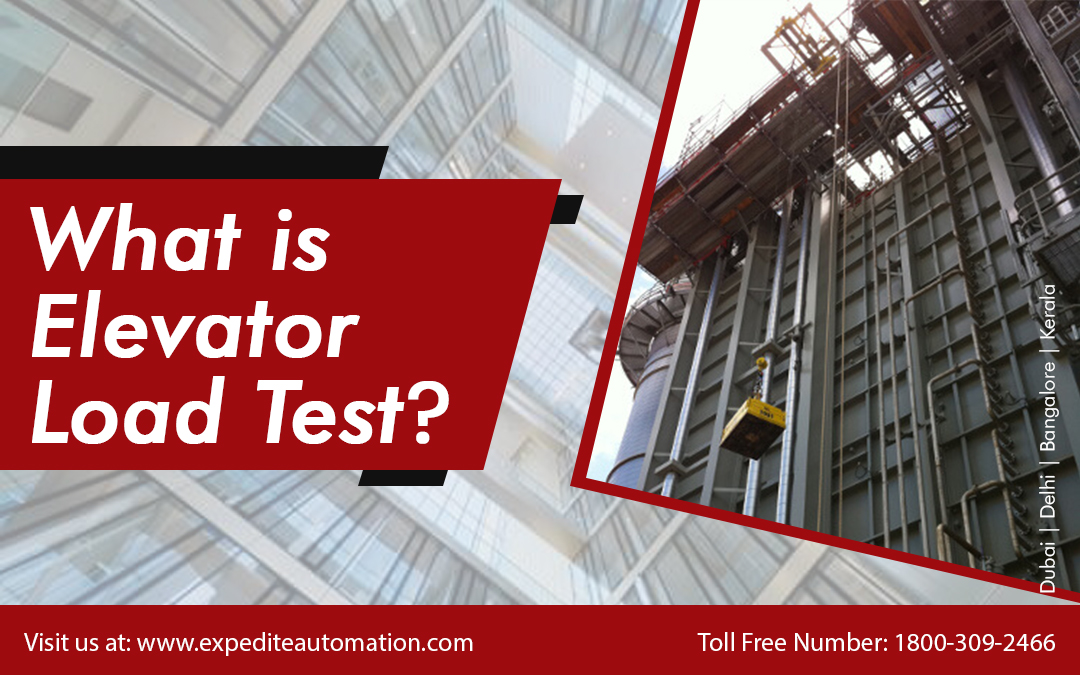Taking care of your elevator is like taking care of a car. After a while, basic services are needed, like an oil change or filter replacement. However, after prolonged usage more extensive services are required to ensure the longevity and quality of your elevator. If these necessary services aren’t performed on time, serious issues could occur. The Elevator Load Test is one of the most significant tests that must be over and done without delay.
What is an Elevator Load Test?
Elevator Load Test is a state-mandated procedure that ensures elevators can raise their rated (maximum) load at their rated (maximum) speed at all times. The speed of the car as it rises and descends will be monitored by the elevator technicians doing the load test.
Elevators are loaded to their maximum weight capacity during the test to ensure that all safety features are working correctly. Special elevator test weights are used for this. 125% of the rated weight is put within the elevator cab in some states. If an elevator’s capacity is 2,000 pounds, the load test will necessitate 2,500 pounds. This also guarantees that the brake system is in good operating order. Load testing also involves a review of the elevator’s performance when it is not loaded.
Elevator Load Test is different from a pressure test. A pressure test should be performed on hydraulic elevators annually.
How frequently should elevator load testing be carried out?
Building owners and operators are mandated by state and municipal regulations to have their elevator systems examined regularly to ensure public safety. Annual inspections are usually required to acquire a certification that the elevators are up to code. Annual pressure relief testing is also required for hydraulic elevators.
What if my elevators have not been tested?
If your elevators did not get the required inspections and certifications, they might get pulled out of service. Passengers might be at risk if your elevator isn’t properly tested and inspected. Putting off annual testing and maintenance might lead your elevator to degrade, resulting in worse problems in the future.



